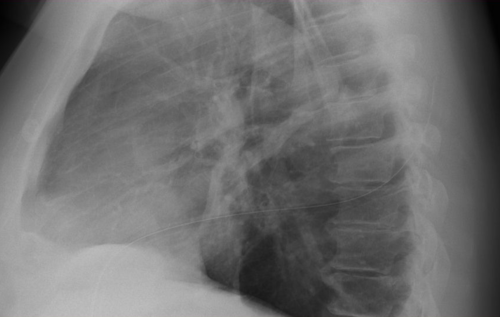“Bowel sounds are normal”
How often do you see this on an H&P? Probably a lot more often than they are actually listened for, I would wager. But what do they really mean? Are they important to trauma professionals?
(Un)fortunately, there’s not a whole lot of research that’s looked at this mundane item. And pretty much all of it deals with surgical pathology (e.g. SBO) or the state of the postop abdomen. Over the years, papers have been published about the basics, and I will summarize them below:
- Where to listen? Traditionally, auscultation is carried out in all four abdominal quadrants. However, sound transmission is such that listening centrally is usually sufficient.
- Listen before palpation? Some papers suggest that palpation may stimulate peristalsis, so you should listen first.
- How long should you listen? Reports vary from 30 seconds to 7 minutes (!).
- Significance? This is the big question. We’re not expecting to find hyperactive or high pitched sounds suggestive of surgical pathology here. Really, we’re just looking for sounds or no sounds.
But does it make a difference whether we hear anything or not?
Bottom line: In trauma, we don’t care about BS! We’ve all had patients with minimal injury and no bowel sounds, as well as patients with severe abdominal injury and normal ones. We certainly don’t have time to spend several minutes listening for something that has no bearing on our clinical assessment of the patient. Skip this unnecessary part of the physical exam, and continue on with your real evaluation!
Reference: A critical review of auscultating bowel sounds. Br J Nursing 18(18):1125-1129, 2009.



